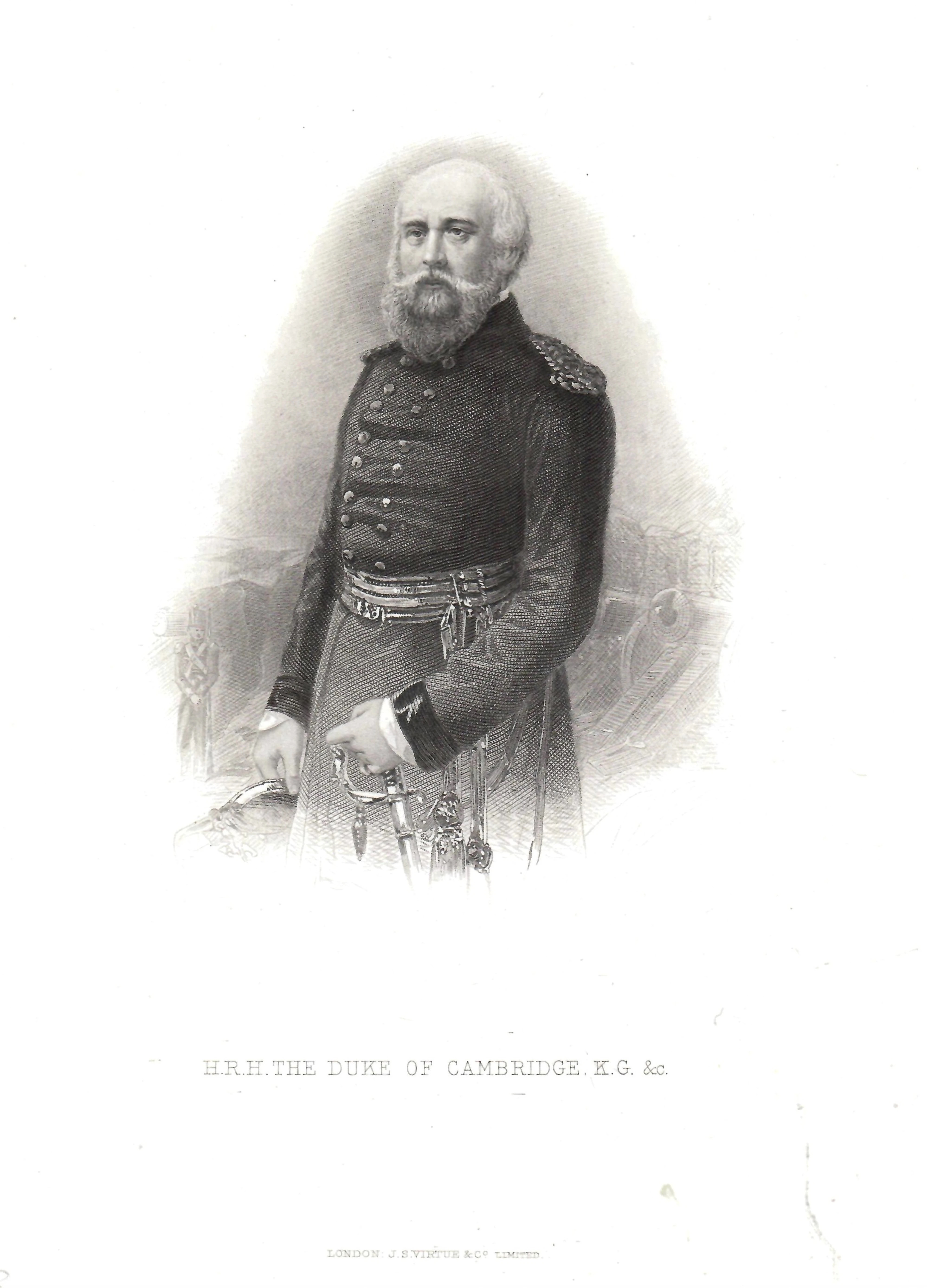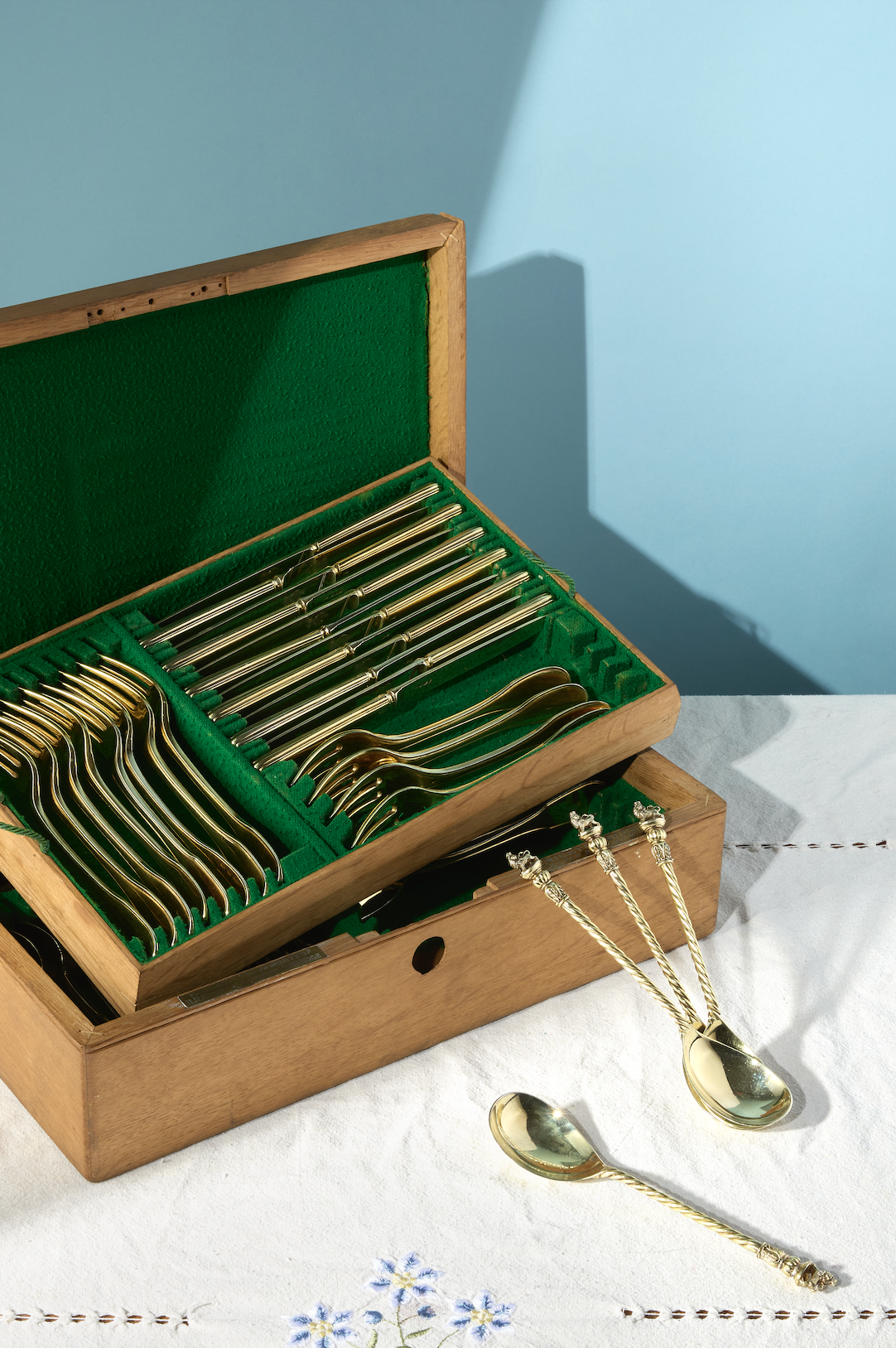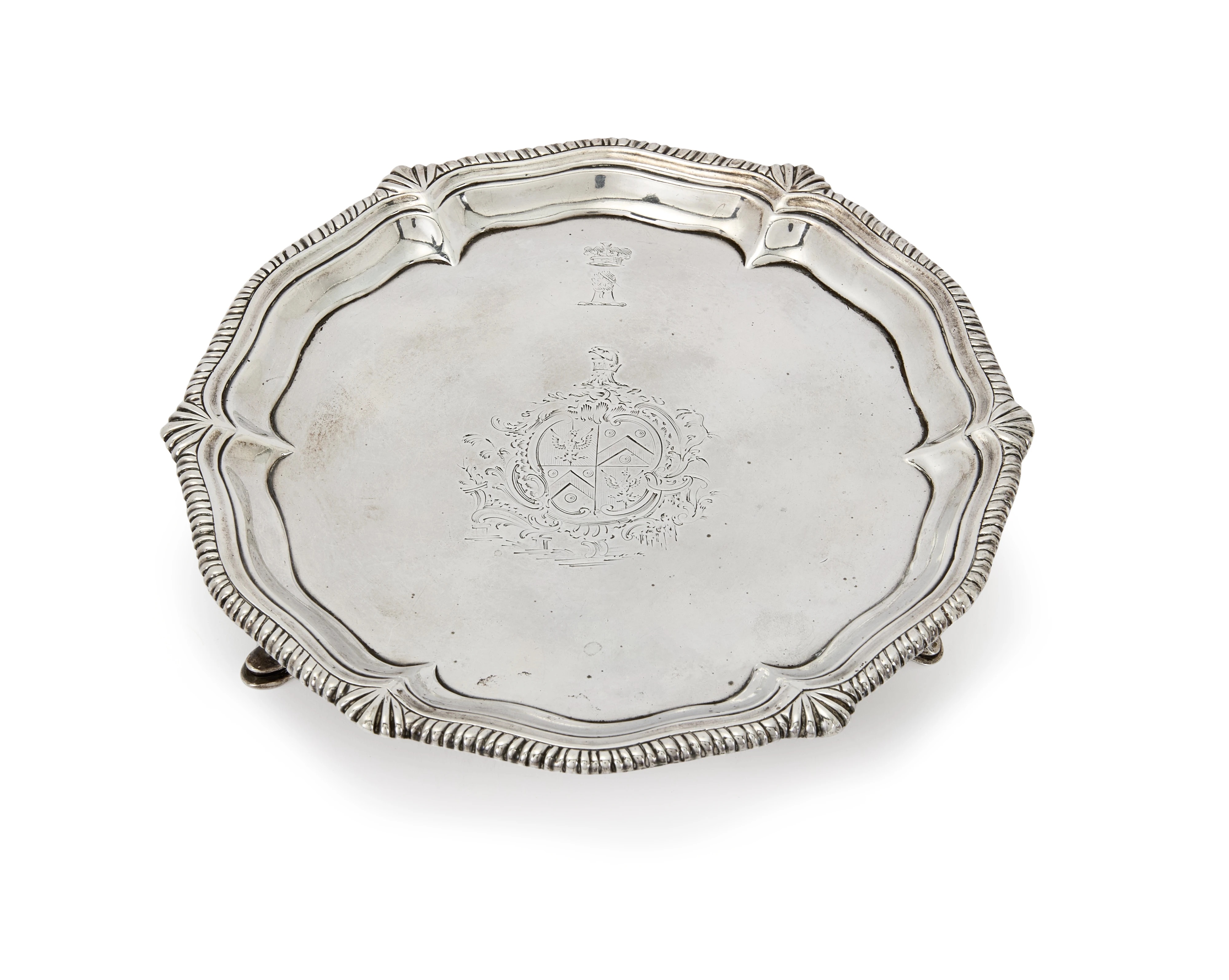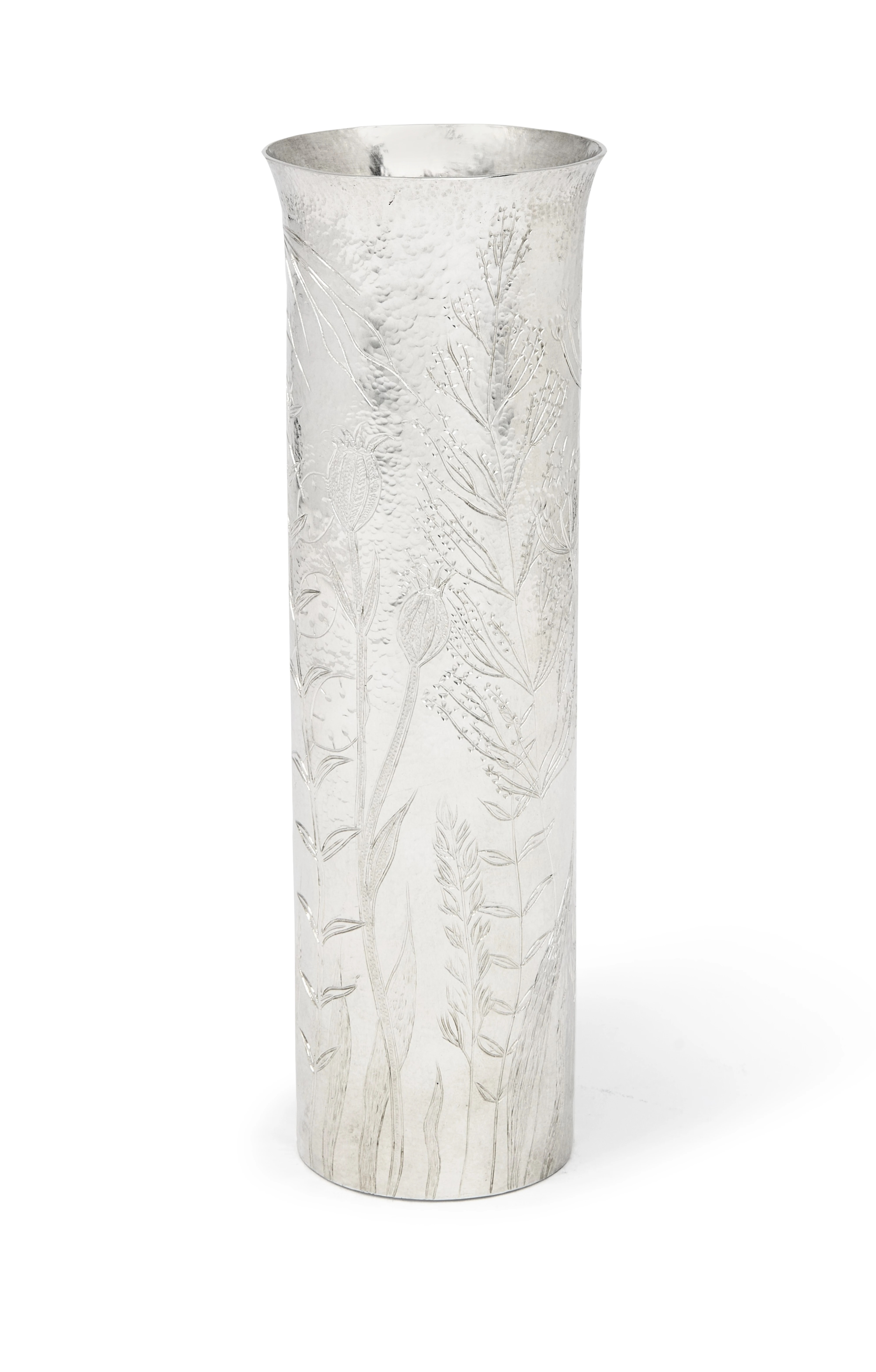He might have been the King of England, had Queen Victoria not been born. Now, a silver-gilt dessert canteen containing flatware likely owned by Prince George, second Duke of Cambridge, Queen Victoria’s older cousin and once her potential suitor, leads Roseberys’ Silver Auction on June 24. Closely tied to generations of British royalty, including Prince William today, the assembled canteen of flatware carries an estimate of £5,000–£8,000.
Lot 6: Of royal interest. An assembled canteen of George III and IV silver gilt dessert flatware.
Estimate: £5,000 - £8,000
The set comprises dessert spoons, knives, forks, teaspoons and sugar tongs, some of which bear the cypher of Queen Charlotte of Mecklenburg-Strelitz, the second Duke of Cambridge’s grandmother. Several elements of the set are believed to have originally belonged to Prince Adolphus, George’s father, including four dessert spoons with twisted stems and Royal Crest terminals, similar in style to a group associated with the coronation of George IV. Others bear the cypher of Princess Mary, Adolphus’s sister. Upon Mary’s death in 1857, her royal silver was passed down within the family, with the second Duke of Cambridge acting as her residuary legatee.

Teaspoons bearing the cypher of Queen Charlotte
Prince George, the second Duke of Cambridge (1819–1904), was a grandson of King George III and Queen Charlotte, and first cousin to Queen Victoria. Had Victoria not been born, it would have been George, her senior by three months, who inherited the British throne. However, his father, Prince Adolphus, Duke of Cambridge, was younger than Victoria’s father, Prince Edward, Duke of Kent, thus placing Victoria ahead in the line of succession. The title ‘Duke of Cambridge’ fell into extinction upon George’s death in 1904 and remained so until Queen Elizabeth II revived it in 2011 for her grandson Prince William, who is the first cousin of the second Duke of Cambridge, six times removed.
Prince George’s colourful life was marked by public service and private controversy. He served as Commander-in-Chief of the Forces (military head of the British Army) from 1856 to 1895. It was largely due to his blundering and opposition to modernisations that the British army performed poorly at the beginning of the Second Boer War (1899-1902).

H.R.H. The Duke of Cambridge, Prince George William Frederick Charles
He was proposed by King William IV as a suitor for Queen Victoria before her marriage to Prince Albert, her favoured cousin. On the very day of Victoria’s wedding, George met the actress and dancer Sarah Fairbrother, with whom he began a relationship. The couple had three children and were married in 1847, but without royal consent and in contravenance of the Royal Marriages Act (1772). Their union was not legally recognised, and their children, bearing the surname ‘FitzGeorge,’ were excluded from royal titles and inheritance.
Upon the Duke’s death in 1904, his property was dispersed through several auctions, including a significant two-day sale at Christie’s in June 1904: ‘The valuable collection of Old English and Foreign Silver and Silver-gilt plate of his Highness the Duke of Cambridge...Deceased’. That sale included numerous royal items, many expected to be returned to the Crown. However, proceeds from the sale instead helped support George’s two youngest children. Some pieces remained in royal hands, while others passed over time into private hands.
The current grouping of items does not appear as a single lot in the 1904 Christie’s catalogue, suggesting the pieces may have descended through one of the Duke’s sons or another relative before being later assembled.
“This assembled canteen provides a fascinating insight into the lives and lineage of the royals of the House of Hanover, which ended with Queen Victoria’s death in 1901. It tells the story of a would-be king and his rebellion against his family. It’s unusual to find silver of this quality and provenance, especially when it traces a line from Queen Charlotte to Prince George today, and we’re delighted to offer it for sale,” commented Georgina Agnew, Head of Silver at Roseberys.
Further lots from the sale with royal links include a George III salver, which may have belonged to William of Clarence (the future William IV), and a set of twelve Old English feather-edge pattern tablespoons and forks engraved with the Royal Crest (lot 50).
Lot 5: Of royal interest. A George III oval silver salver. Thomas & Joseph Guest and Joseph Craddock, London, 1806.
Estimate: £1,500 - £2,000
A 1762 George III silver waiter is also expected to attract interest; it was purchased at the Stowe Sale, described by Country Life as ‘one of the five sales that made Christie’s’. The 1848 auction lasted for over 40 days and saw the contents of Stowe House - including the deer in the park - auctioned off to settle the huge debts that the second Duke of Buckingham and Chandos had generated, thanks to his extravagant taste and poor money management.
Lot 31: A George III silver waiter. Ebenezer Coker, London, 1762.
Estimate: 300-500
The contemporary section of the sale is led by two pieces by Scottish silversmith Katie Watson. She specialises in chasing and repousse and draws inspiration from the natural world to portray the flora and fauna of her native Scotland.
Lot 20: A Scottish Contemporary silver 'Wild Grasses' vase. Katie Watson, Edinburgh, 2019.
Estimate: £2,000 - £3,000
Finally, the international portion of the auction features fine examples of Chinese export silverware, with the rare mark of Chong Hang, as well as Austro-Hungarian silver produced in the 19th century, including a large mirror plateau produced by Viennese firm Schiffer & Sohn, who supplied the Imperial and Royal court from 1846 onwards.








